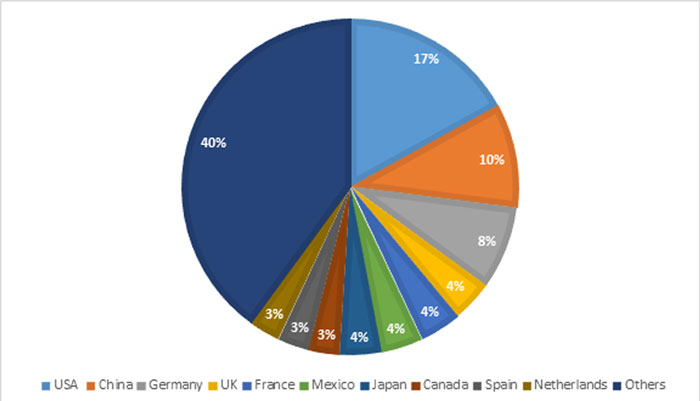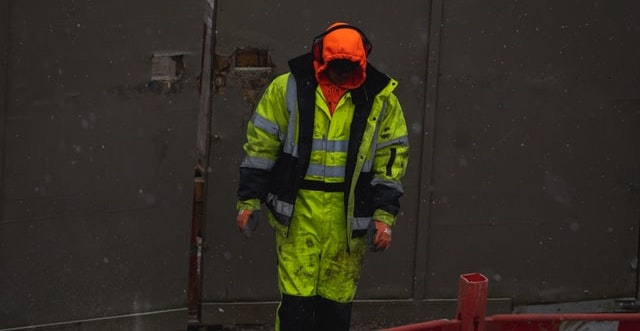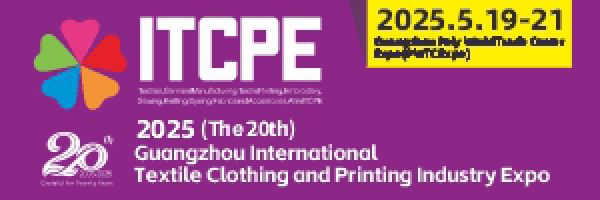By: Admay Saney ([email protected])
Futuristic technical textiles used in planes, cars, and firefighters’ uniforms and protective clothes may seem a world away from everyday apparel, but there’s plenty of opportunity for crossover.
Over the last decade, Textile technology has become increasingly commercially viable. The demand of Technical textile is rapidly increasing for its high performance and some other biodegradable properties.
Technical textiles are high-performance and multiplications textiles with special properties used in various industries, including automotive, personal care, hygiene, agriculture, home care, packaging, construction, aerospace, protective gear, healthcare, and others. The versatile applicability of technical textiles is influencing the market growth.
The global technical textile market was appraised at $201.2 billion in 2019, and is estimated to reach $274.1 billion by 2027, growing at a CAGR of 5.1% from 2020 to 2027.Bangladesh is the second largest RMG exporter country in the world, and produces with a $20 billion Business in which 80% is earned by exporting goods.
But in technical textile, we are so far from the present market. The Asia Pacific dominated the technical textile market with a share of 45.9% in 2019. China is the largest exporter of technical textile products with a share of 24%. This is followed by USA, Germany and Republic of Korea with a share of 10%, 9%, and 4% respectively.

In our Asia Pacific region, China and India are more dominant countries in the technical textile sector. India is the world second largest polyester producer and its market size 19$ billion. India has set up a scheme within an average growth rate of 15-20% to increase their domestic market size of technical textiles to 40-50 billion at 2024; through market development, technological development, international Technical collaborations, market and investment promotion.
Technical textiles, a sunrise sector of Bangladesh, and its market are expanding with enhancing demand of technical textile. in 2010, the Bangladeshi technical textiles consumption market value was 281.1 million and production value was 252.2 million which was 344.6 and 350.8 million at 2007. 2010 was the juncture of our technical textile market.
Later on, our both consumption and production market have expended a lot. Although the outbreak of covid19 has affected on our global textile market and it disrupted raw material supply and procurement.
But the favorable news is that, this pandemic resulted in an abrupt increase in demant for medical textiles such as, PPE, Hand gloves, masks, and others, which positively affected the demand for technical textiles.

Besides, lack of infrastructure, skilled personnel, technological development, research limitation and many other problems. We are highly depended for procuring raw material to china and India. In value terms, China ($9.5M) the largest supplier of technical textiles to Bangladesh, comprising 41% of total imports.
The second position was occupied by India ($4.1M), with an 18% share of total imports. It was followed by Taiwan (Chinese), with a 4.9% share. We need to be self-dependent on these raw materials for effective and on-time production and also keep to stable our market price.
Developed Research-based institutions, the collaboration of industry and institution can also make an affordable result. It could meet the increasing demands of skilled personnel and by developing our indigenous textiles can also expand our technical textile market.
Recent developed Sonali bag and glass fiber from jute both are biodegradable and eco-friendly. With the strong marketing leadership, we need to highlight our manufactured technical textile products to the world with their benefits.
The government of Bangladesh has launched various conduct schemes and policies for textile and apparel manufacturers to make them globally competitive. But we have to need technology up-gradation, infrastructure development, export promotion etc. Various countries have also proclaimed their textile policies aimed at attracting investments in their states.























